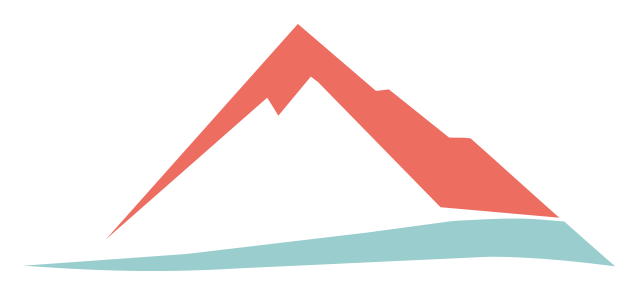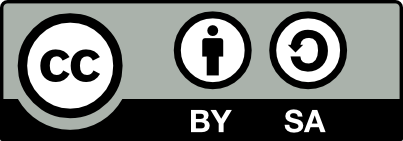Ausgewählte Bemerkungen zur Struktur des mentalen Lexikons aufgrund der Untersuchungen von aphasischen Patienten / Selected insights on structures of the mental lexicon on the basis of research on patients with aphasia
DOI: 10.23817/bzspr.6-6 (online zugänglich: 2021-04-12)
S. 104–112
Schlüsselwörter: aphasia, lexical disorders, semantics
One of the most interesting problems concerning human speech is the complicated two-way correlation between language and the brain. Cognitive science plays a significant role in understanding patients with aphasic disorders. This shows the vital role of language in discovering the world. The article attempts to answer the question of how semantics is represented in the utterances of people with aphasia-type speech disorders after a stroke. It should be noted that lexical disorders (which concern recalling and using words) are the main symptom of all types of aphasia. Impoverished vocabulary is accompanied by limited association abilities, which in turn leads to the question of the relationship between thought and language. Aphasia can be understood as a linguistic phenomenon. The term ‘aphasia’ was introduced by a French paediatrician and neurologist, Armand Trousseau, in 1865 to describe disorders in verbal expression of thoughts. Their cause is, according to Trousseau, the damage of the cerebral cortex (cf. Panasiuk 2013: 27). Kurt Goldstein, the father of aphasiology, interprets aphasic speech disorders in terms of abstract attitude. William M. Kogan sees the cause of aphasia in the distortion of the word-object relations.

